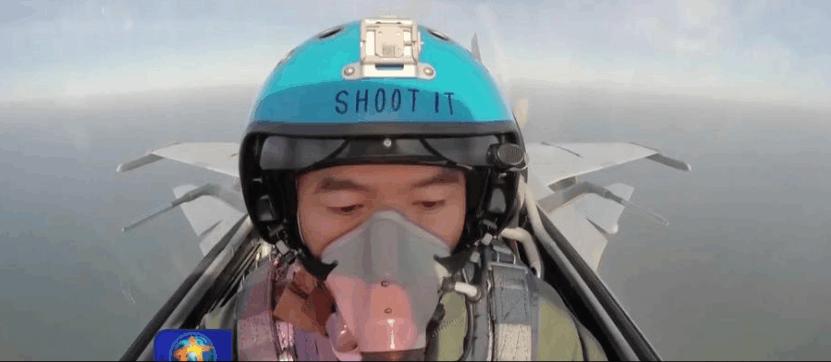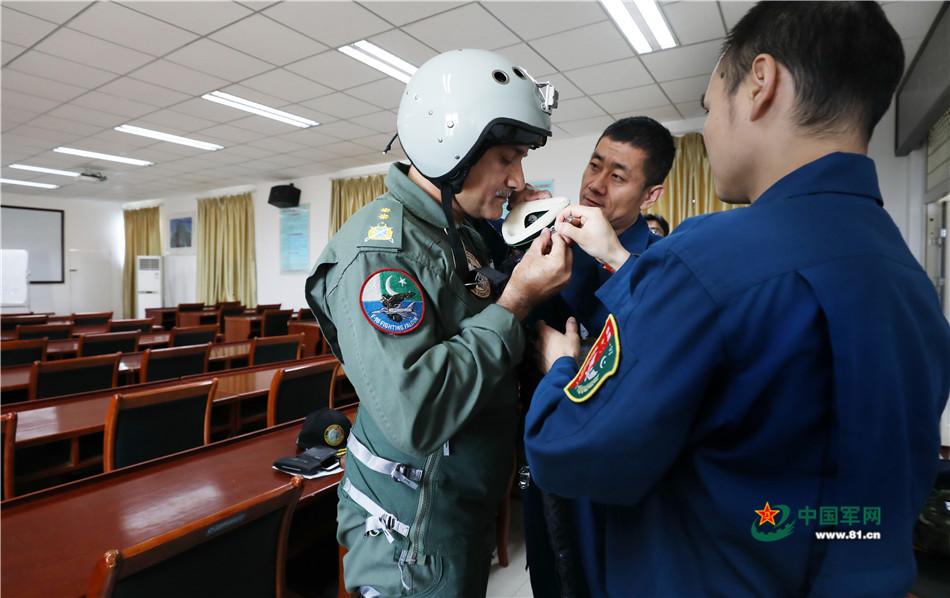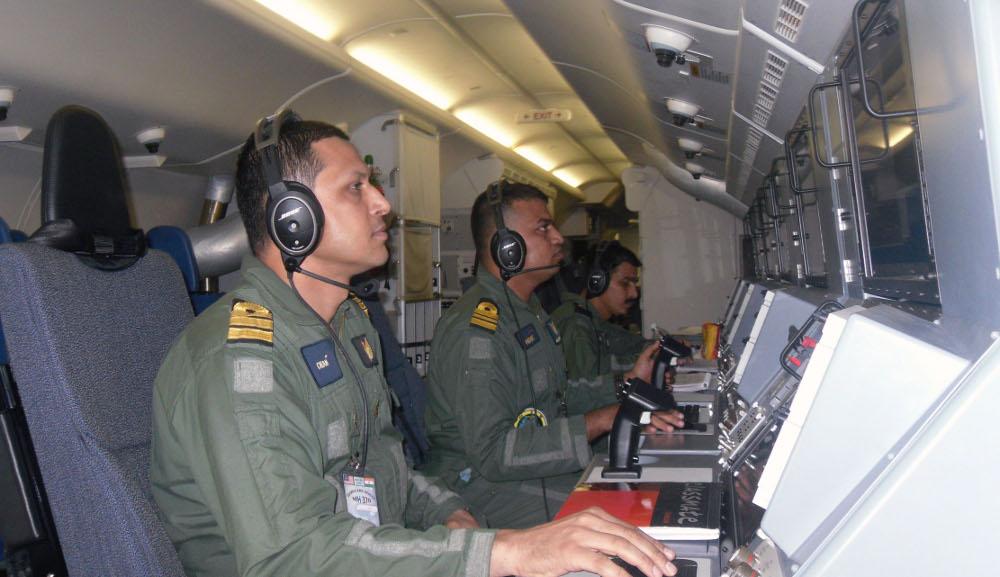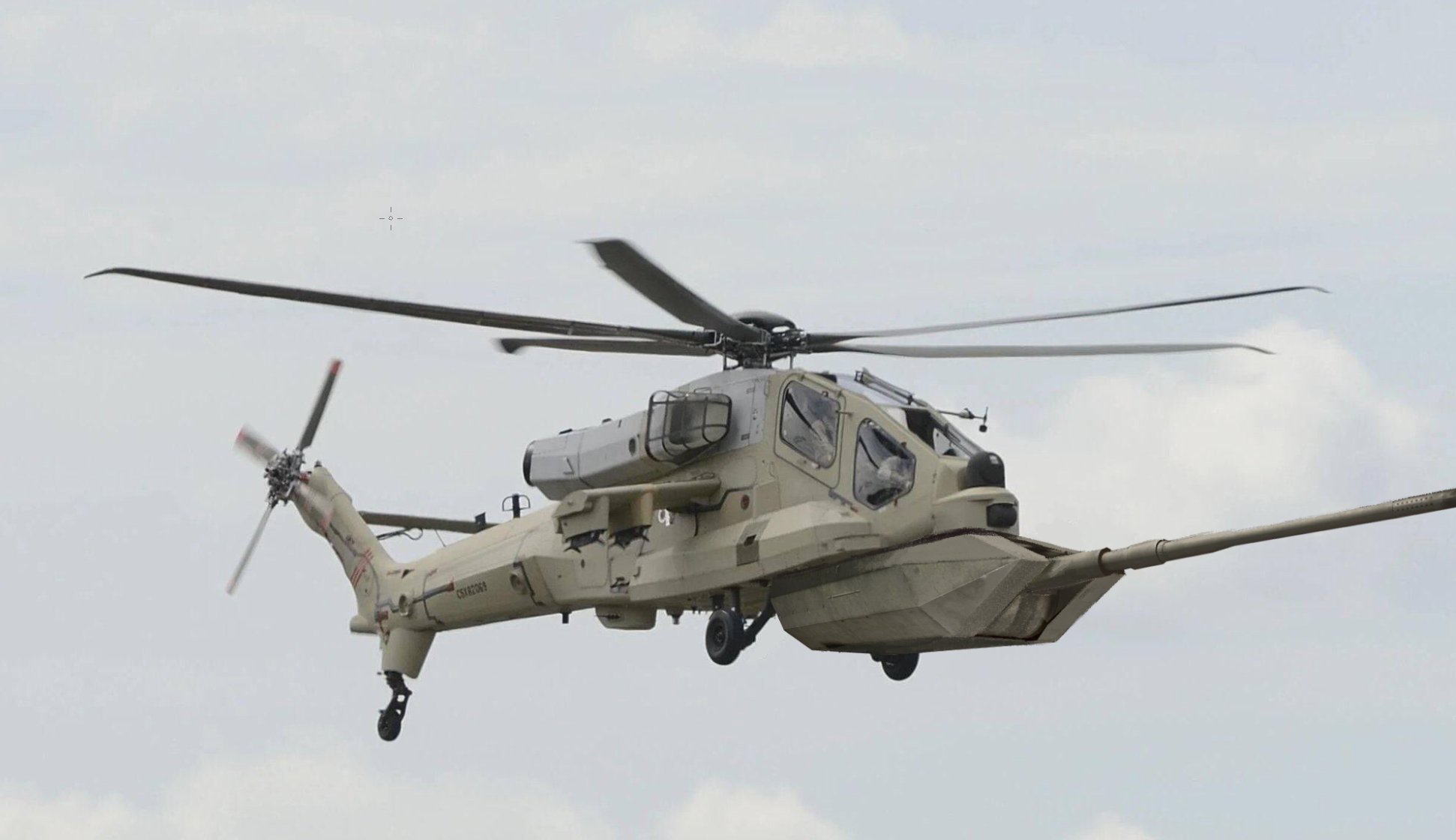摘要:本文介绍了中国J-20战斗机的旅程,揭示了其作为未来空中力量的潜力。文章强调了J-20战斗机的技术优势和性能特点,以及其对中国空军现代化建设的贡献。文章也展望了J-20在未来军事领域的角色和发展趋势。
In the realm of aerial combat, the emergence of the J-20 has marked a significant milestone for China's aerospace industry. As the country's latest addition to its fighter jet fleet, the J-20 has become a global focal point for its advanced technology and potential impact on global air power balance.
The J-20, known in English as the Chengdu J-20 or simply as the "Flying Tiger," is a dual-engine fighter aircraft designed for air superiority and beyond visual range combat capabilities. Its design incorporates stealth technology, ensuring it remains a formidable opponent in aerial combat scenarios. The aircraft's capabilities are further augmented by its advanced sensors and weapons systems, making it a formidable asset in modern warfare.
The J-20's journey began in the early 2000s, when China began to focus on developing cutting-edge technologies in the aerospace field. With the aim of enhancing its air defense capabilities and maintaining a competitive edge in regional security, the J-20 project was launched. After years of research and development, the J-20 made its maiden flight in 2011, paving the way for its official entry into China's military fleet.
The J-20's integration into China's air force has been a pivotal moment for the country's military modernization efforts. The aircraft's advanced capabilities have not only enhanced China's air defense capabilities but also raised the bar for regional powers to consider their own aerial defense strategies. The J-20's stealth capabilities, combined with its advanced sensors and weapons systems, make it a formidable opponent in both conventional and non-traditional warfare scenarios.
Moreover, the J-20 is not just a fighter aircraft; it is also a platform for innovation and experimentation. Its advanced technology has opened up new avenues for research and development in areas such as artificial intelligence, data fusion, and network-centric warfare. The J-20's integration with these technologies will further enhance its capabilities and make it a key component of China's future air defense strategy.
The J-20's global impact is also significant. Its entry into service has changed the air power balance in the region, prompting other countries to consider their own aerial defense strategies. The J-20's capabilities have also sparked global interest in Chinese aerospace technology, leading to increased collaborations and partnerships in the field.
In conclusion, the J-20 is not just a fighter aircraft; it is a symbol of China's aerospace industry's progress and potential. Its journey has been a remarkable one, marked by innovation, experimentation, and global recognition. As China continues to modernize its military and enhance its air defense capabilities, the J-20 will remain a key component of its aerial fleet, shaping the future of air power in the region and beyond.
As the J-20 continues to evolve and integrate with new technologies, it will remain a focal point for global attention. Its impact on global air power balance and regional security will continue to grow, making it a key consideration for countries in the region and beyond. The J-20's journey is just beginning, and its future is full of potential and promise.













 京公网安备11000000000001号
京公网安备11000000000001号 京ICP备11000001号
京ICP备11000001号
还没有评论,来说两句吧...